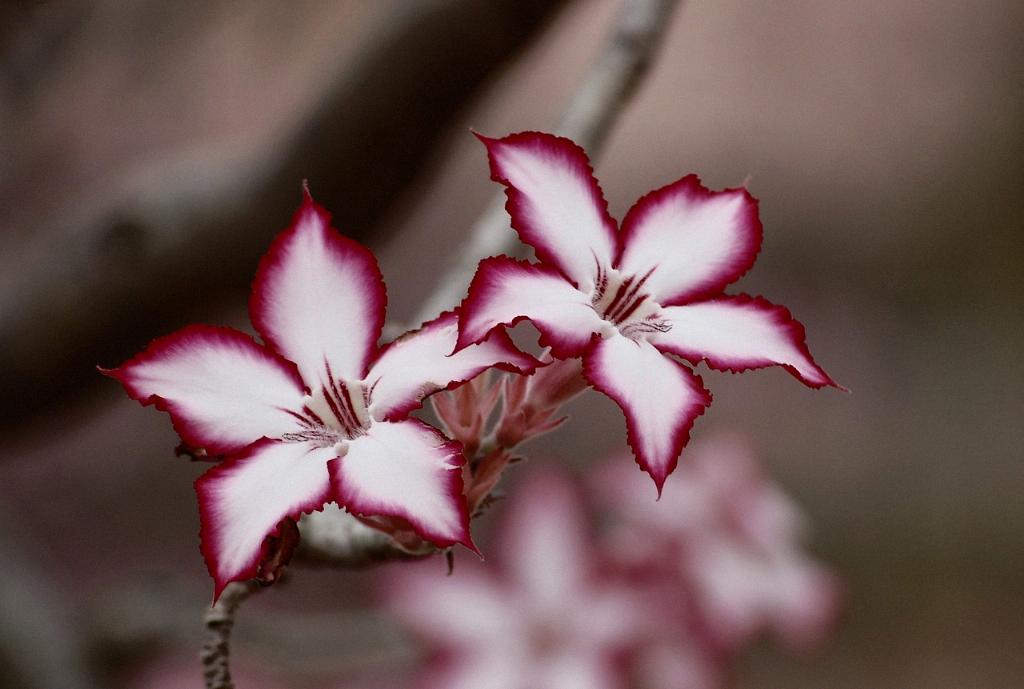Asiatic lilies, known for their vibrant and colorful blooms, are a popular choice among gardeners for adding beauty to outdoor spaces. To ensure your Asiatic lilies thrive and produce stunning flowers, it is essential to provide them with the proper care and maintenance. In this article, we will explore the key steps and techniques involved in caring for Asiatic lilies, from planting to overwintering, along with tips for troubleshooting common issues.
Growing Conditions for Asiatic Lilies
When it comes to growing Asiatic lilies, providing the right conditions is crucial for their health and vitality. These plants thrive in areas where they receive sunlight for at least six hours a day. Additionally, planting them in well-drained soil is important to prevent bulb rot.
Regarding soil composition, enriching the garden bed with compost or organic material can improve drainage and provide essential nutrients for healthy growth. Asiatic lilies prefer temperatures ranging from 60-75°F and moderate humidity levels.
Watering and Feeding Asiatic Lilies
Proper watering is key to maintaining Asiatic lilies. These plants require regular watering, ensuring the soil is moist but not waterlogged. During the growing season, a deep watering once a week is recommended, adjusting based on weather conditions.
Applying a balanced fertilizer in the early spring can help promote flower production. It is important to follow the recommended dosage and avoid over-fertilization, which can lead to excessive foliage growth at the expense of flowers. Adequate drainage is also crucial to prevent waterlogging.
Pruning and Maintenance of Asiatic Lilies
To encourage continuous blooming, deadhead spent blooms regularly by removing the faded flowers. Additionally, removing yellowing leaves can help redirect energy to the healthy parts of the plant. Keeping an eye out for pests and diseases and addressing them promptly is essential for maintaining the plant’s health.
Overwintering Asiatic Lilies
As the colder months approach, it is essential to prepare Asiatic lilies for winter. Providing a layer of mulch around the plants can help protect them from frost and cold temperatures. For regions experiencing harsh winters, lifting the bulbs and storing them indoors can ensure their survival until the next growing season.
Common Issues and Troubleshooting
Yellowing leaves, wilting blooms, and pest infestations are common issues that can affect Asiatic lilies. By identifying these problems early on, you can take appropriate measures to address them. Adjusting watering practices, improving soil drainage, and using organic pest control methods can help resolve these issues and ensure the health of your lilies.
Conclusion
In conclusion, caring for Asiatic lilies requires diligent attention to their specific needs throughout the growing season. By providing the right growing conditions, proper watering and feeding, regular maintenance, and addressing issues promptly, you can enjoy a beautiful display of blooms year after year. Apply the tips mentioned in this article to ensure your Asiatic lilies thrive and bring joy to your garden.

